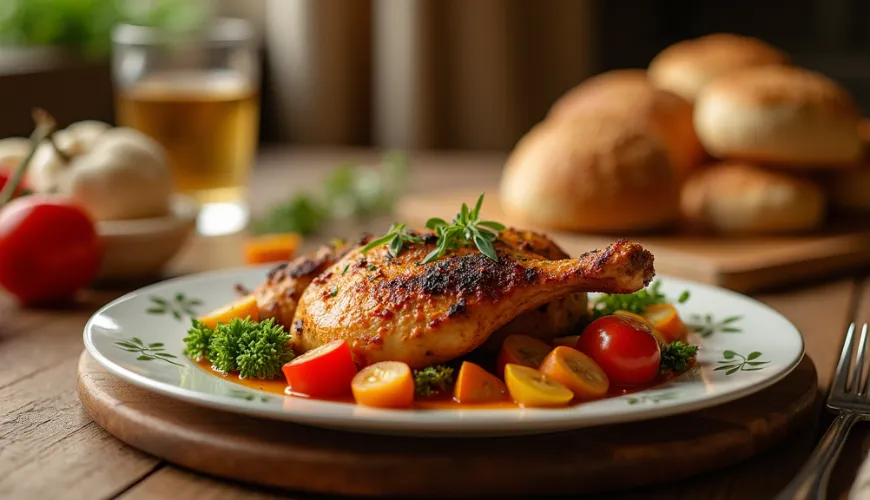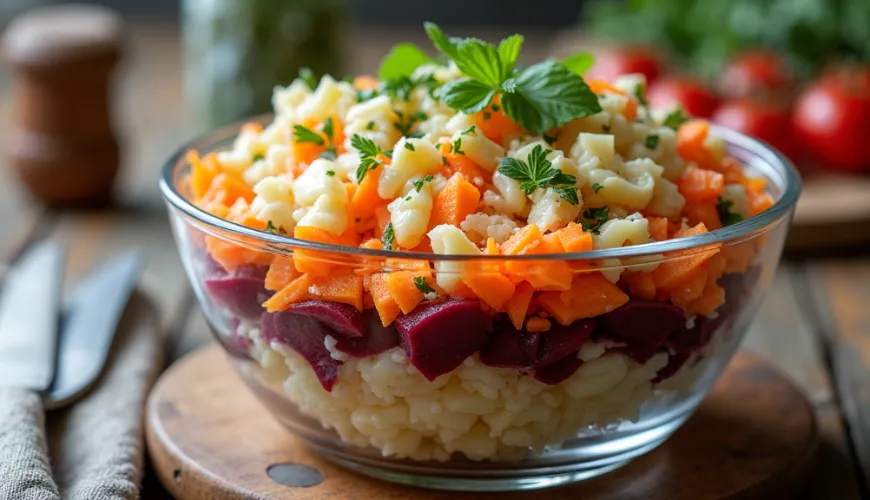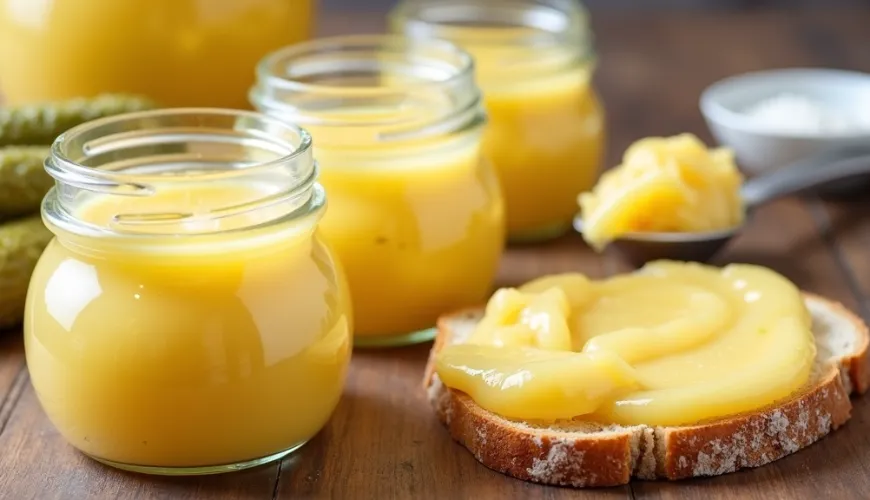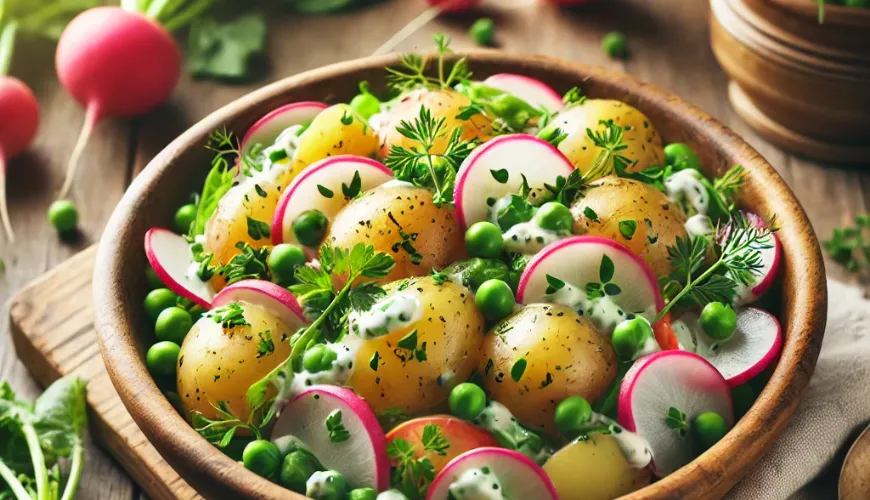
The traditional shuba recipe brings family comfort to your table

Shuba - A Colorful Classic of Eastern European Cuisine Conquering Czech Tables
Among the traditional dishes of Eastern Europe, there are many treasures that are gaining more and more fans beyond their homeland. One of them is shuba—a layered salad that catches the eye at first glance and surprises with its taste at the first bite. This salad, often referred to as "herring under a fur coat," is especially popular in Russia, Ukraine, and other post-Soviet countries. Today, it is increasingly appearing in Czech households—and it's no wonder. The recipe for shuba is simple, the ingredients are accessible, and the result is impressive.
What Exactly is Shuba?
Shuba (also known as "shuba salad," "Ukrainian shuba," or "Russian shuba") is a festive dish that represents the combination of simple ingredients in an imaginatively layered cold salad. The base is usually salted herring, on which finely grated boiled vegetables—typically potatoes, carrots, and beets—are layered, complemented by onions and mayonnaise. The result is a distinctive, hearty salad that is suitable as an appetizer or a lighter main course.
The name "shuba" comes from Russian, where the word "шуба" (shuba) literally means fur coat. It symbolizes the individual layers of the salad, which "wrap" the fish in a warm vegetable blanket. In many families, preparing shuba holds a similar significance as potato salad does in the Czech Republic—it is made for celebrations, especially New Year or Christmas, and everyone has their own version.
Recipe for Shuba - Step by Step
There are many versions of this salad, but the classic recipe for shuba adheres to a few basic rules. If you want to try the original Ukrainian shuba, we bring you a proven recipe that will allow you to prepare this dish at home and transport you gastronomically to traditional Eastern European cuisine.
Ingredients:
- 3–4 small potatoes
- 2 carrots
- 2 medium red beets
- 1 onion
- 2–3 fillets of salted herring (or pickled herring in oil)
- 3–4 tablespoons of mayonnaise (can be replaced with a plant-based version)
- Salt and pepper to taste
- Optional: one boiled egg for decoration
Instructions:
- Boil the vegetables with their skins on, separately (beets can stain other ingredients), until tender—usually 30–40 minutes. Let cool and peel.
- Chop the onion finely, optionally scald with hot water to reduce sharpness. Cut the herring into small pieces.
- Grate all vegetables finely. Prepare each component separately for easy layering.
- Start layering—ideally in a clear bowl or mold:
- First layer: herring
- Second layer: onion
- Third layer: potatoes, lightly salt and pepper, spread with a little mayonnaise
- Fourth layer: carrots, again a little mayonnaise
- Fifth layer: red beet, topped with mayonnaise
- Let the salad rest in the fridge for at least 4–6 hours, ideally overnight, to allow the flavors to meld.
The result is not only a flavorful dish but also a visually appealing one: the individual layers, especially the bright purple beet, create an impressive look that pleases the eye.
A Tradition That Connects Generations
Similar to Czech Christmas cookies or Easter cake, Russian shuba has strong roots in home cooking. It is often prepared as a family recipe passed down from generation to generation, and every grandmother has her "one and only correct way." Some add pickles to the shuba, others hard cheese or boiled eggs—the imagination knows no bounds.
Interestingly, shuba is often prepared in cake form. Ingredients are placed in a round mold, well compacted, and after resting, the mold is removed—creating an impressive savory "cake" that certainly draws attention on the festive table.
In Mrs. Olga's family from Kyiv, shuba has been prepared for decades: "My grandmother always made it for New Year. It was a heartfelt matter. When we moved to the Czech Republic in the 90s, I started making it here too. The children love it—even though I had to replace some ingredients, the taste remained."
Variations Worth Trying
While classic shuba is inherently tied to herring, today modern versions are emerging that replace this fish with other ingredients—such as smoked tofu, roasted red beets with balsamic, or even chickpeas. Such versions are especially appreciated by vegetarians and vegans who want to experience the authentic taste of this salad without animal products.
A more sustainable approach to food plays an increasingly important role today, so it's no surprise that even traditional recipes like shuba salad adapt to modern requirements. Instead of classic mayonnaise, you can use a plant-based or yogurt version. Herring can be replaced with, for example, smoked carrot or eggplant prepared in a fish-like manner. The result is an equally attractive version that will please those avoiding meat.
Why is Shuba Making a Comeback?
In today's world, where people increasingly seek inspiration in traditional cuisines and favor home-cooked, honest preparation, shuba recipe is experiencing a comeback. In a world full of fast food and instant mixes, homemade shuba serves as a manifesto of family heritage, patience, and care for every layer.
Moreover, it is a dish that not only satisfies but also brings people together at one table—whether at a celebration, holiday, or just on an ordinary day. It is a dish that carries a story.
Similar recipes have long been perceived as too "Soviet" or cumbersome, but with renewed interest in Eastern cuisine and its diversity, they are coming back to the forefront. Food bloggers, like the Ukrainian chef Olia Hercules, contribute to popularizing these dishes and demonstrate that even "retro" salads can be modern, healthier, and visually attractive.
Tips for Serving and Storing
It's best to prepare shuba in advance—a day in the fridge will only enhance it, allowing the flavors to meld beautifully. If you want to impress visually as well, serve it in glass bowls or jars, where all the layers will stand out wonderfully. Keep it chilled and ideally consume within two to three days. But forget about the freezer—the consistency and flavor would be compromised.
Whether we call it shuba recipe, Russian shuba, or remember it as shuba salad, one thing is certain—this colorful, rich, and unexpectedly delicious salad offers much more than just nostalgia. It is a way to explore another culture through flavors, to prepare beautiful food from simple ingredients, and to remind ourselves that good things often arise where layers are combined—not just of food, but also of stories, memories, and traditions.

